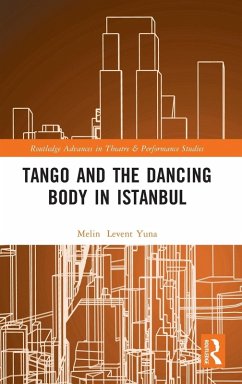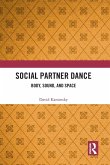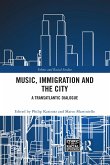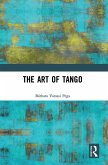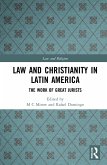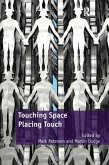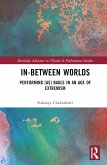Tango and the Dancing Body in Istanbul explores the expansion of social Argentine tango dancing among Muslim actors in Turkey, pioneered in Istanbul despite the conservative rule of the Justice and Development Party (JDP) and Tayyip Erdogan.
In this book, Melin Levent Yuna questions why a dance that appears to publicly represent an erotic relationship finds space to expand and increase dramatically in the number of contemporary Turkish Muslim tango dancers, particularly during a conservative rule. Even during the 2020 Covid-19 pandemic, tango dance classes, gatherings, and messages flourished on YouTube, Facebook, Instagram, and Zoom. Urban Turkey and its tango dance performances provide one symbol and example of how neoliberal capitalism could go hand in hand with conservatism by becoming a bridge between Europe and the Middle East. This study largely focuses on the dancers' perspective while presenting the policies of Erdogan. It presents the social characteristics of the tango dancers, the meanings they attach to their bodies and their dance as well as what this dance reflects about them - besides the policies of the Justice and Development Party. The book approaches the tango dance and its dancing body in terms of layers of meaning systems in a neoliberal and conservative context.
This study will be of great interest to students and scholars in dance, anthropology, cultural studies, and performance studies.
In this book, Melin Levent Yuna questions why a dance that appears to publicly represent an erotic relationship finds space to expand and increase dramatically in the number of contemporary Turkish Muslim tango dancers, particularly during a conservative rule. Even during the 2020 Covid-19 pandemic, tango dance classes, gatherings, and messages flourished on YouTube, Facebook, Instagram, and Zoom. Urban Turkey and its tango dance performances provide one symbol and example of how neoliberal capitalism could go hand in hand with conservatism by becoming a bridge between Europe and the Middle East. This study largely focuses on the dancers' perspective while presenting the policies of Erdogan. It presents the social characteristics of the tango dancers, the meanings they attach to their bodies and their dance as well as what this dance reflects about them - besides the policies of the Justice and Development Party. The book approaches the tango dance and its dancing body in terms of layers of meaning systems in a neoliberal and conservative context.
This study will be of great interest to students and scholars in dance, anthropology, cultural studies, and performance studies.

